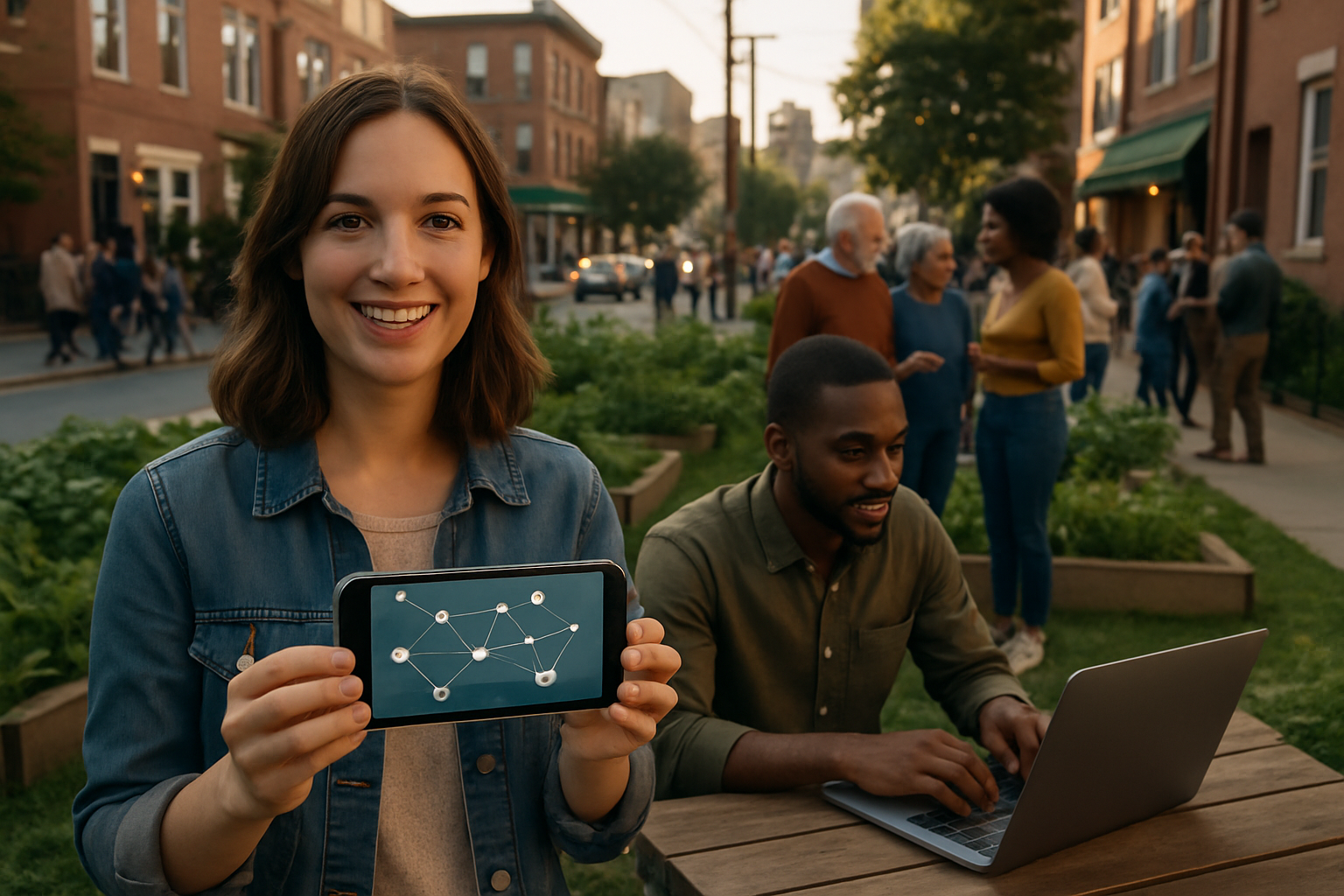Here's an original article on a unique People & Society topic, following the guidelines provided:
Imagine walking through a city where every street, building, and public space is designed to enhance your mental health and cognitive function. This isn't science fiction – it's the emerging field of neuroaesthetic urbanism. As our understanding of the brain's response to environmental stimuli grows, urban planners and neuroscientists are joining forces to create cityscapes that nurture our neurological wellbeing. Read below to explore how this innovative approach is transforming urban landscapes and the lives of city dwellers worldwide.

The Foundations of Neuroaesthetic Urbanism
Neuroaesthetic urbanism is rooted in the understanding that our surroundings profoundly affect our mental states and cognitive processes. This field draws on decades of research in environmental psychology and neuroscience, which have demonstrated the significant impact of spatial design on human behavior and brain function.
Studies have shown that factors such as lighting, color, spatial layout, and natural elements can influence everything from our mood and stress levels to our ability to focus and solve problems. Neuroaesthetic urbanism takes these insights and applies them on a city-wide scale, aiming to create urban environments that support and enhance our cognitive wellbeing.
Key Principles of Neuroaesthetic Urban Design
Neuroaesthetic urbanism incorporates several core principles in its approach to city planning. These include:
-
Biophilic Design: Integrating natural elements into urban spaces to reduce stress and improve cognitive function.
-
Sensory Diversity: Creating environments with varied sensory experiences to stimulate brain plasticity and enhance cognitive flexibility.
-
Social Connectivity: Designing spaces that encourage positive social interactions and community building.
-
Cognitive Restoration: Incorporating areas for mental rest and recovery to combat the cognitive fatigue often associated with urban living.
-
Wayfinding and Legibility: Ensuring that urban layouts are intuitive and easy to navigate, reducing cognitive load and stress.
Practical Applications in Modern Cities
Cities around the world are beginning to incorporate neuroaesthetic principles into their urban planning strategies. In Singapore, the Bishan-Ang Mo Kio Park has been transformed from a concrete canal into a naturalistic river, surrounded by lush greenery. This change not only improved the area’s biodiversity but also created a space for cognitive restoration and stress reduction for city residents.
In Copenhagen, the Superkilen park was designed to stimulate sensory experiences and promote social interaction. The park features a diverse range of objects and structures from different cultures, creating a visually rich environment that encourages exploration and community engagement.
Stockholm’s Hagastaden district is being developed with neuroaesthetic principles in mind, incorporating green spaces, pedestrian-friendly layouts, and buildings designed to maximize natural light exposure – all factors that contribute to improved cognitive function and mental wellbeing.
Challenges and Considerations
While the potential benefits of neuroaesthetic urbanism are significant, its implementation faces several challenges. One major hurdle is the need for interdisciplinary collaboration between neuroscientists, urban planners, architects, and policymakers – fields that have traditionally operated independently.
There’s also the question of equitable implementation. Critics argue that neuroaesthetic urban design could exacerbate existing inequalities if only applied to affluent neighborhoods. Ensuring that these principles are incorporated across diverse urban areas is crucial for widespread impact.
Additionally, the long-term effects of neuroaesthetic urban design are still being studied. While short-term benefits are well-documented, researchers are working to understand the long-term impacts on cognitive health and societal wellbeing.
The Future of Neuroaesthetic Urbanism
As our understanding of the brain-environment relationship deepens, the field of neuroaesthetic urbanism is poised for significant growth. Emerging technologies like virtual and augmented reality are opening new avenues for testing and implementing neuroaesthetic principles in urban design.
Moreover, the COVID-19 pandemic has heightened awareness of the importance of urban design for mental health, potentially accelerating the adoption of neuroaesthetic approaches in city planning.
As cities continue to grow and evolve, neuroaesthetic urbanism offers a promising path towards creating urban environments that not only accommodate our physical needs but actively support our cognitive and emotional wellbeing. By reshaping our cities to nurture our minds, we may be on the cusp of a revolution in urban living – one that prioritizes the neurological health of city dwellers and transforms our urban landscapes into havens for cognitive flourishing.




